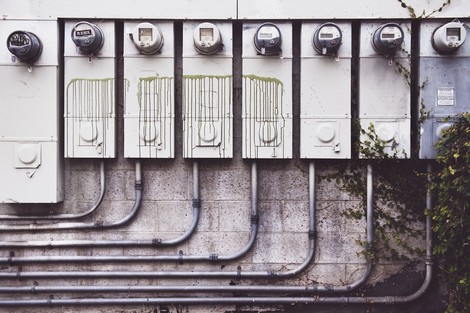Your podcast discovery platform
Curious minds select the most fascinating podcasts from around the world. Discover hand-piqd audio recommendations on your favorite topics.

piqer for: Climate and Environment Global finds
Andrea is a writer and researcher based out of Chicago. Andrea has a Bachelor's degree in environmental science from The Ohio State University and a Master's in Environmental Planning and Management at National Taiwan University, where she specialized in climate adaptation and urbanization. She writes for TaiwaneseAmerican.org, and sends out a biweekly newsletter which includes articles on politics, environment, identity, and intersections of race, class, and gender (http://eepurl.com/bPv-F5).
Intensifying Heatwaves Are Very Expensive – And Dangerous
Heatwaves in the American Southwest are no joke, and in fact, have often proved fatal. But another unfortunate effect of hotter heatwaves is bigger electricity bills, which can push already vulnerable and low-income families further into poverty.
A renewable energy company in the US conducted a study and found that between 2016 and 2017, some areas saw a rise in their electricity bill of up to 43%. Cities like Tuscon, LA, Phoenix, and Reno all saw spikes from the summer months of 2016 to 2017. This article outlines a term called energy poverty, which is when a household spends a significant percentage of income on energy bills. As the days get hotter, poorer families may have to choose between air conditioning and other household essentials, risking heat stroke and other heat-related health issues. Ariel Drehobl, a senior research analyst at the American Council for an Energy-Efficient Economy says that
Low-income households and communities of color are both more likely to live in older housing, which is more likely to have older appliances, which are less efficient and use more energy.
Thus, hotter temperatures could exacerbate the gap between high and low income households.
And, in a terrible feedback loop, using more energy to cool homes only increases carbon emissions, which in turn further warms the atmosphere. Thankfully,
There are measures that homeowners can take to reduce their bill, including taking part in community solar programs, installing smart thermostats, and improving the energy efficiency of their homes. Some 68 percent of the excess energy burden in Latino households could be eliminated simply by helping homeowners raise efficiency to the same standard as the average U.S. home, according to Drehobl's report.
But there is a long way to go to solve this problem, and it takes some considerable time and investment to do so. The question is if we will commit to it in time.
